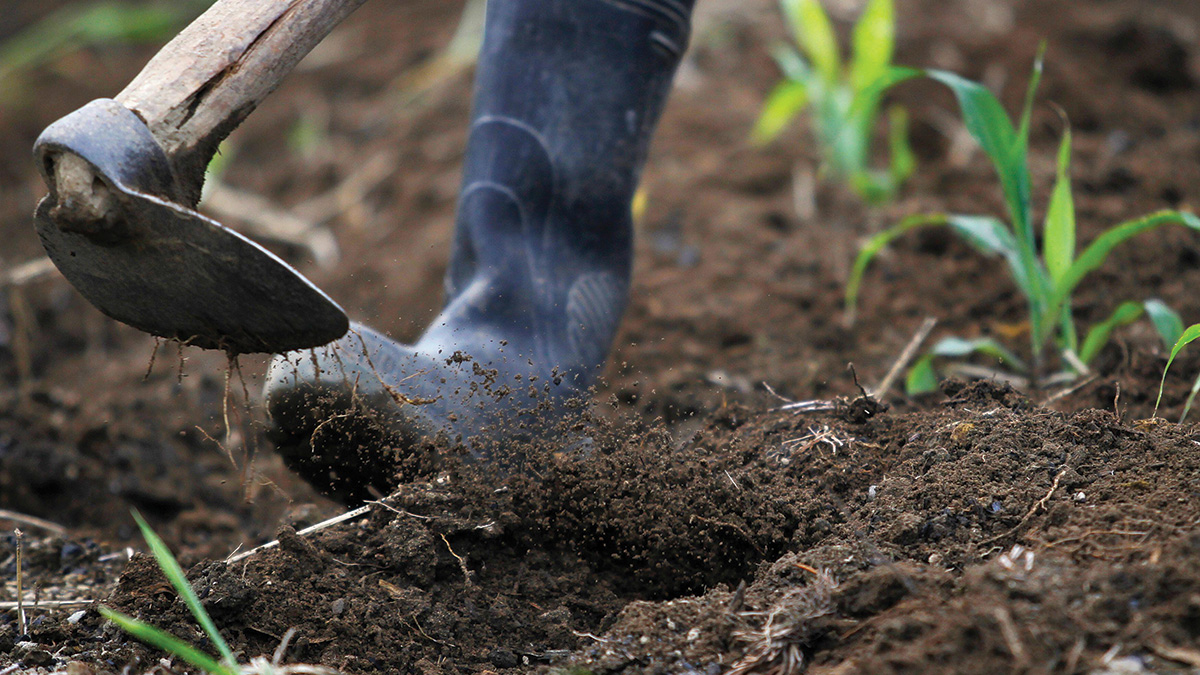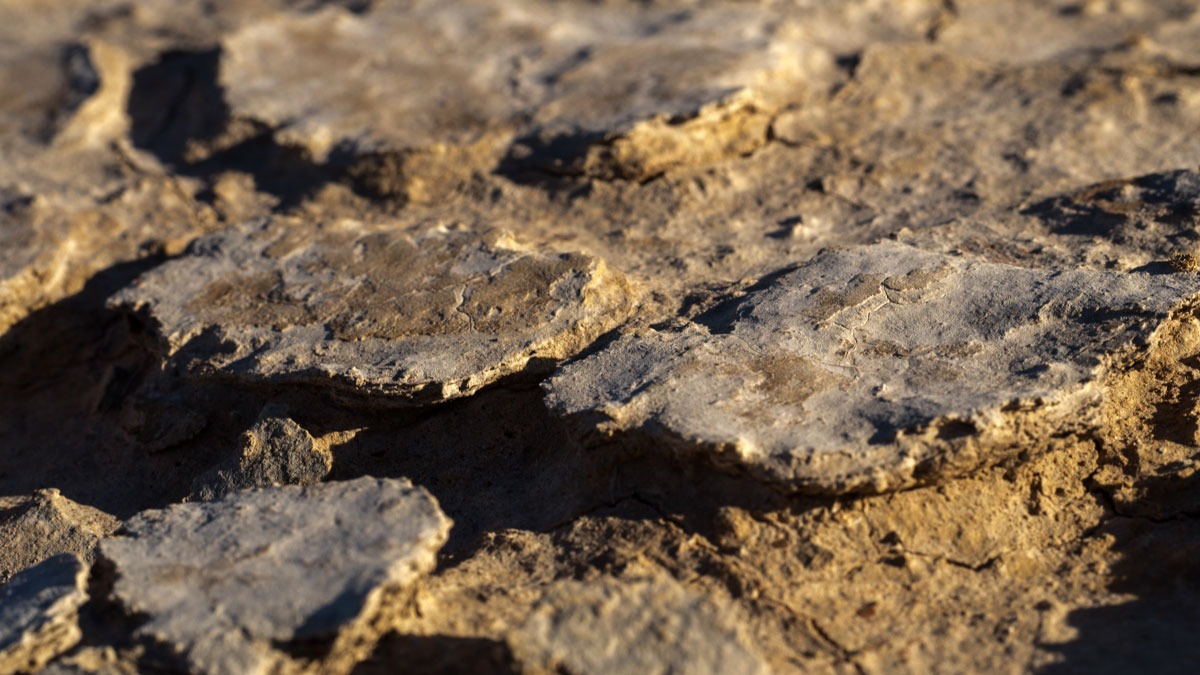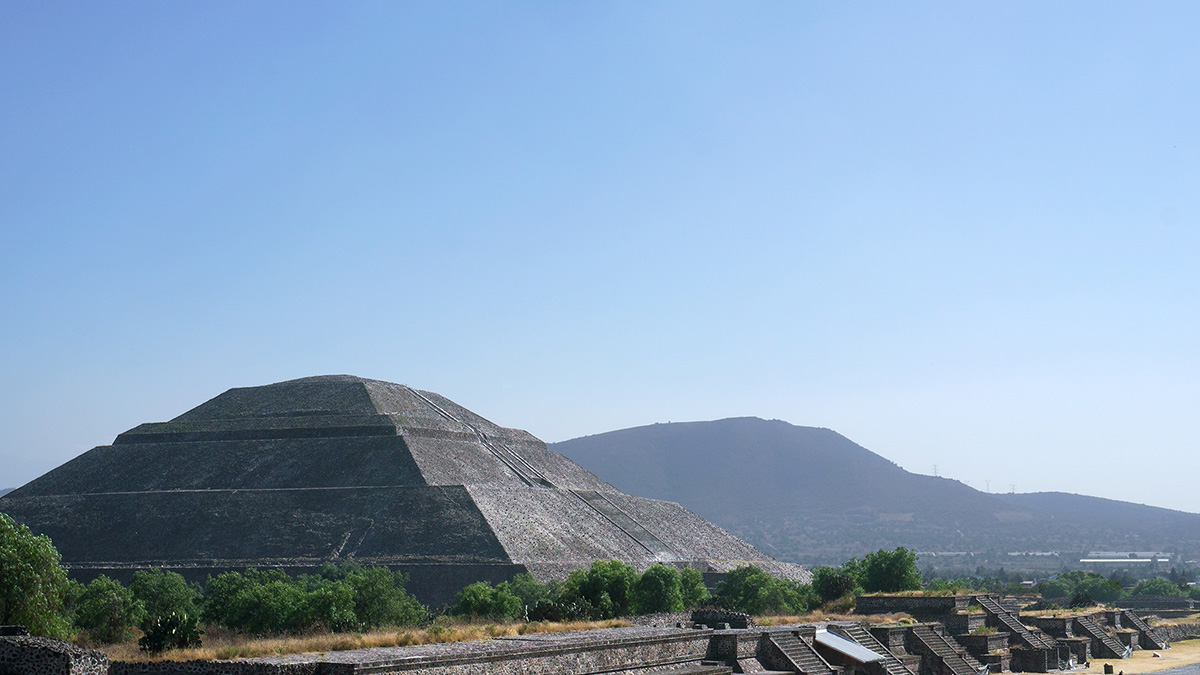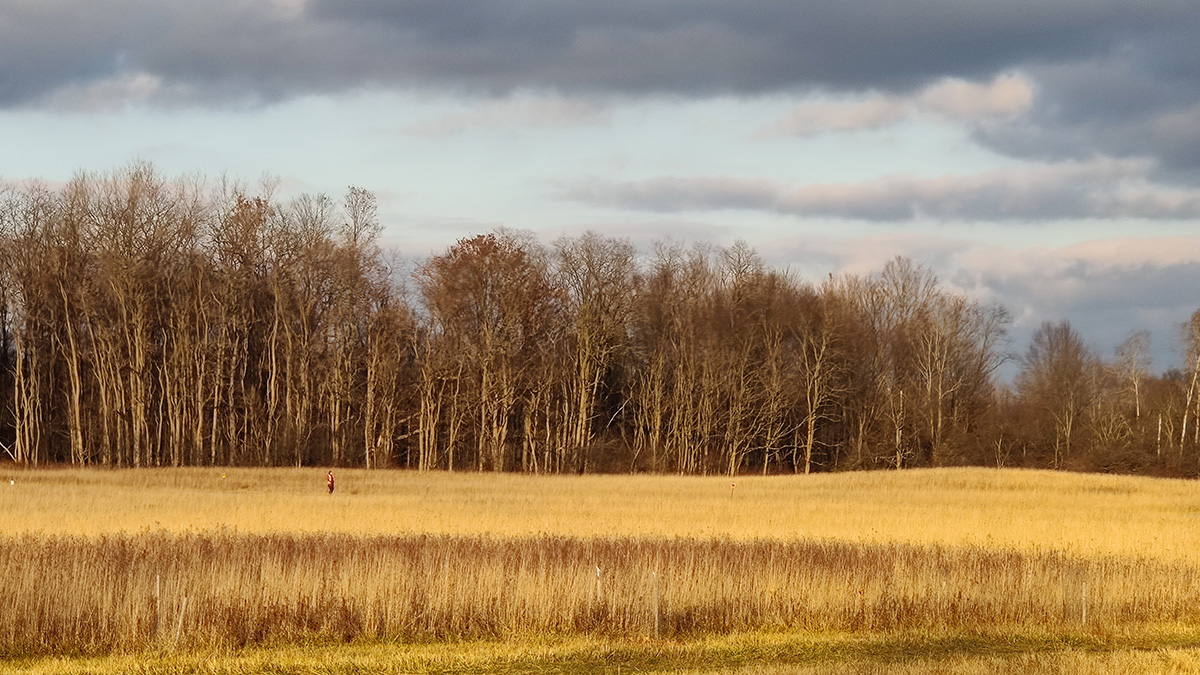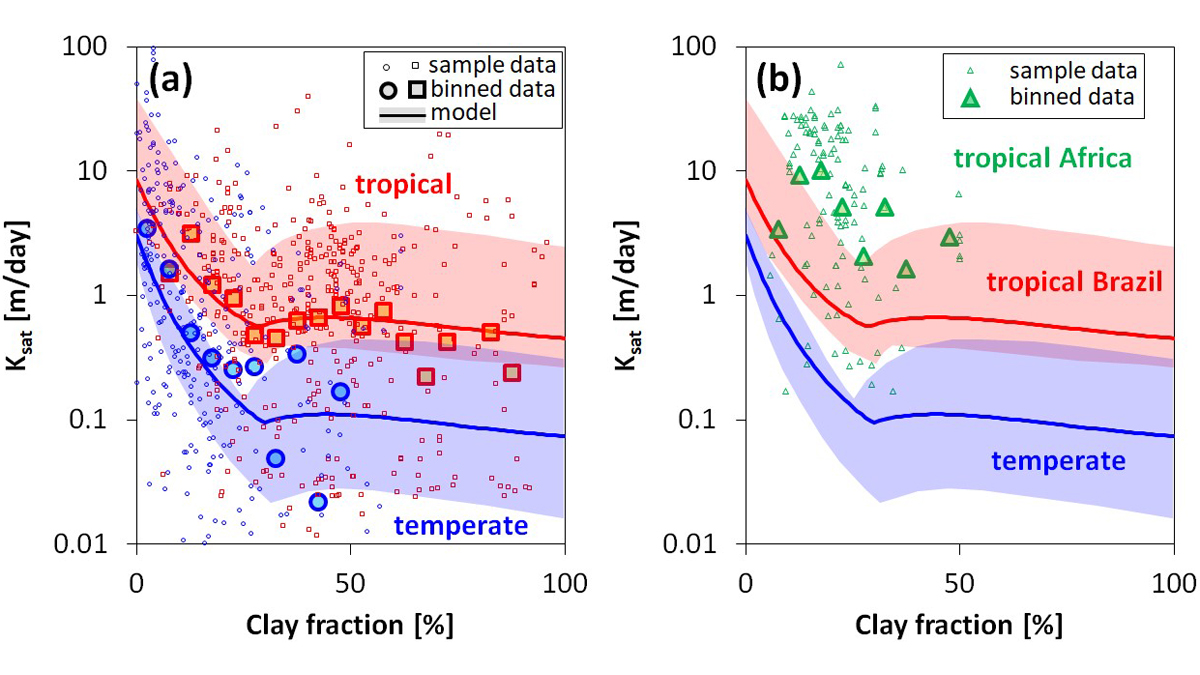A new study has spurred further research into the impacts of soil formation on modern-day problems like heavy metal contamination in agricultural soils.
soils
The Nutrient-Rich Legacy in the Amazon’s Dark Earths
Fertile terra preta soils were created through centuries of carefully managed land use. Scientists are taking cues from these soils to better sequester carbon and improve soil for agriculture.
Dust in the Wind, Dirt Under Our Feet, and Dunes of Another World
In our April issue of Eos, we follow researchers who get to the root of the Amazon basin’s rich landscape.
Biological Crusts Affected by Drought Can Still Stabilize Soils
Results of in situ experiments on natural microbial communities suggest that biological crusts can protect soils from erosion, but their protective role could be compromised under predicted future climate scenarios.
Mapeando el pasado, presente y futuro de Teotihuacan
Un nuevo proyecto con tecnología lidar revela cómo la minería y la expansión urbana han puesto en riesgo a uno de los sitios del patrimonio cultural más icónicos de México.
Forest Edges Are More, Not Less, Productive Than Interior Forest
The boundaries of northeastern U.S. forests suck in more carbon dioxide than previously thought.
Not All Clays are Made Equal – and it Matters for Hydrology
Soil clay content is an important characteristic that affects many hydraulic and mechanical properties of soil; clay mineral type is important for their prediction.
Rethinking How Valley Fever Spreads
Scientists have long assumed that dust storms lead to infections with the desert soil fungus Coccidioides, but new evidence suggests otherwise.
Soil Texture Affects How Carbon Is Stored Underground
Using measurements from more than 9,300 soil samples collected worldwide, researchers have shown that carbon storage in soils is affected by both air temperature and soil texture.
Large Herbivores May Improve an Ecosystem’s Carbon Persistence
The grazing habits of wild animals like elephants and boars enable long-term carbon storage, according to new research that stresses the need to align climate mitigation goals with biodiversity conservation.


